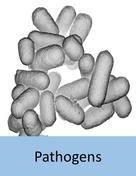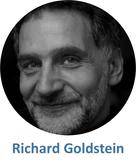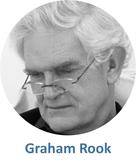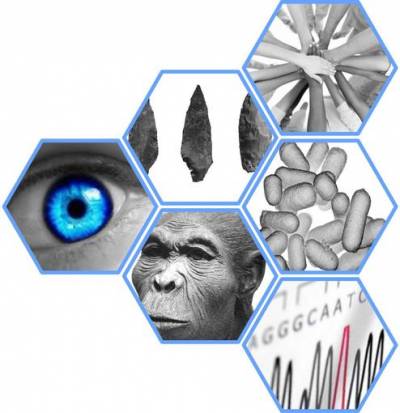" Human-pathogen coevolution
 |
Our body is made up of around ten trillion cells, but we harbour ten times more microbes (a hundred trillion), mostly in our guts. These microbes (microbiota) are essential to our health. They provide signals that play a role in the development of most, perhaps all organs, and modulate our metabolism, immune systems, and even our brains. Yet, other organisms, defined as pathogens can make us ill or even kill us. Some of these pathogens have afflicted humans for aeons, whereas others were acquired more recently as humans expanded throughout the globe. Significant additions to the range of pathogens are attributable to recent increases in population sizes, allowing persistence of "crowd" infections that either kill the host or induce total immunity, and so could not persist in isolated hunter-gatherer groups. Importantly, these associations are not static and both pathogens and hosts constantly evolve in an endless dance where a pathogen of the past can morph into a symbiont, and new lurking threats are just a few mutations away.
About 65% of the genes in the human genome originated with the Bacteria, Archaea, and unicellular eukaryotes. But the microbiota contain at least 100x more genes than our own genomes do, and this "metagenome" intervenes in all aspects of our physiology, and contributes to our flexibility and adaptability. The microbiota readily exchanges organisms and genetic material (horizontal gene transfer) with the natural environment. |
 Close
Close








